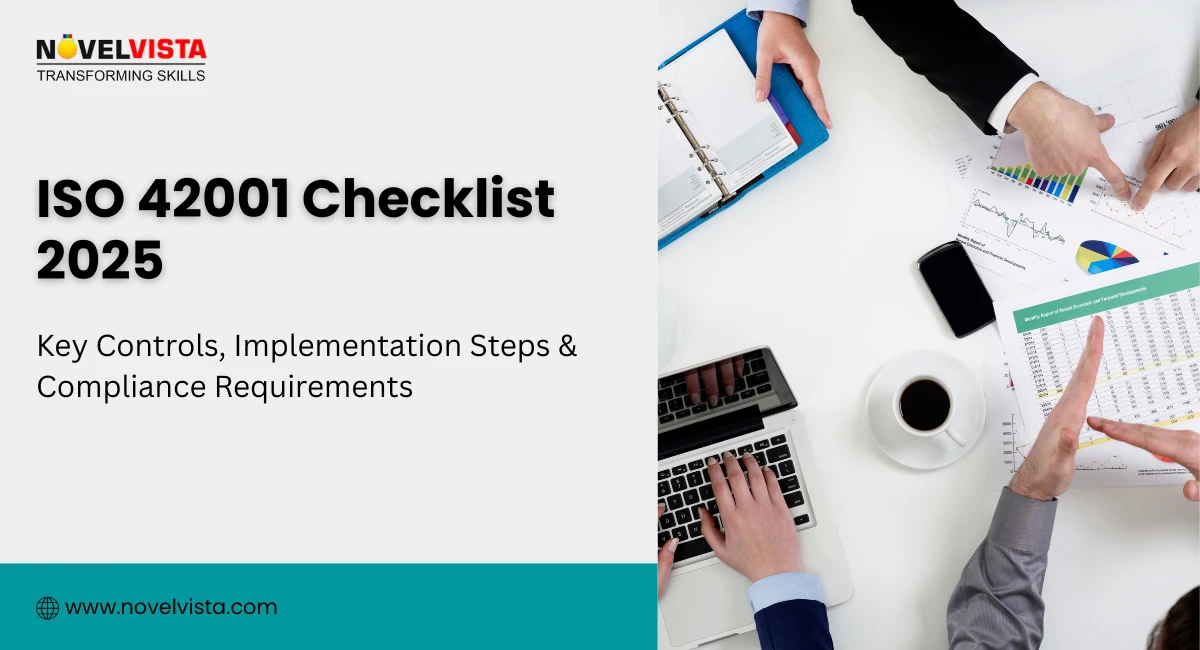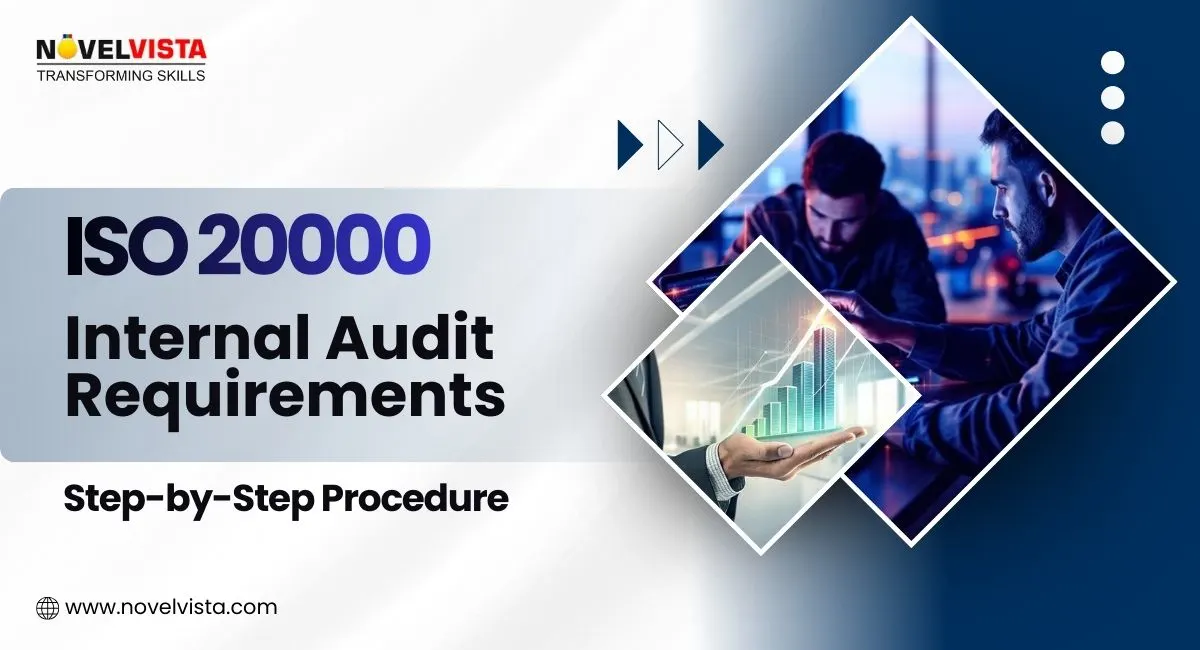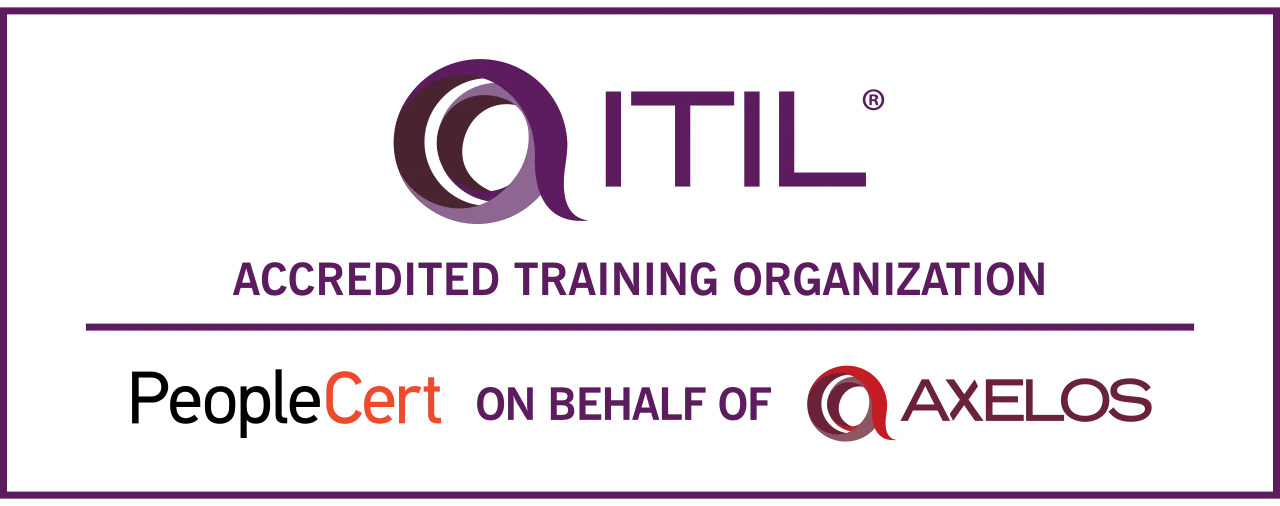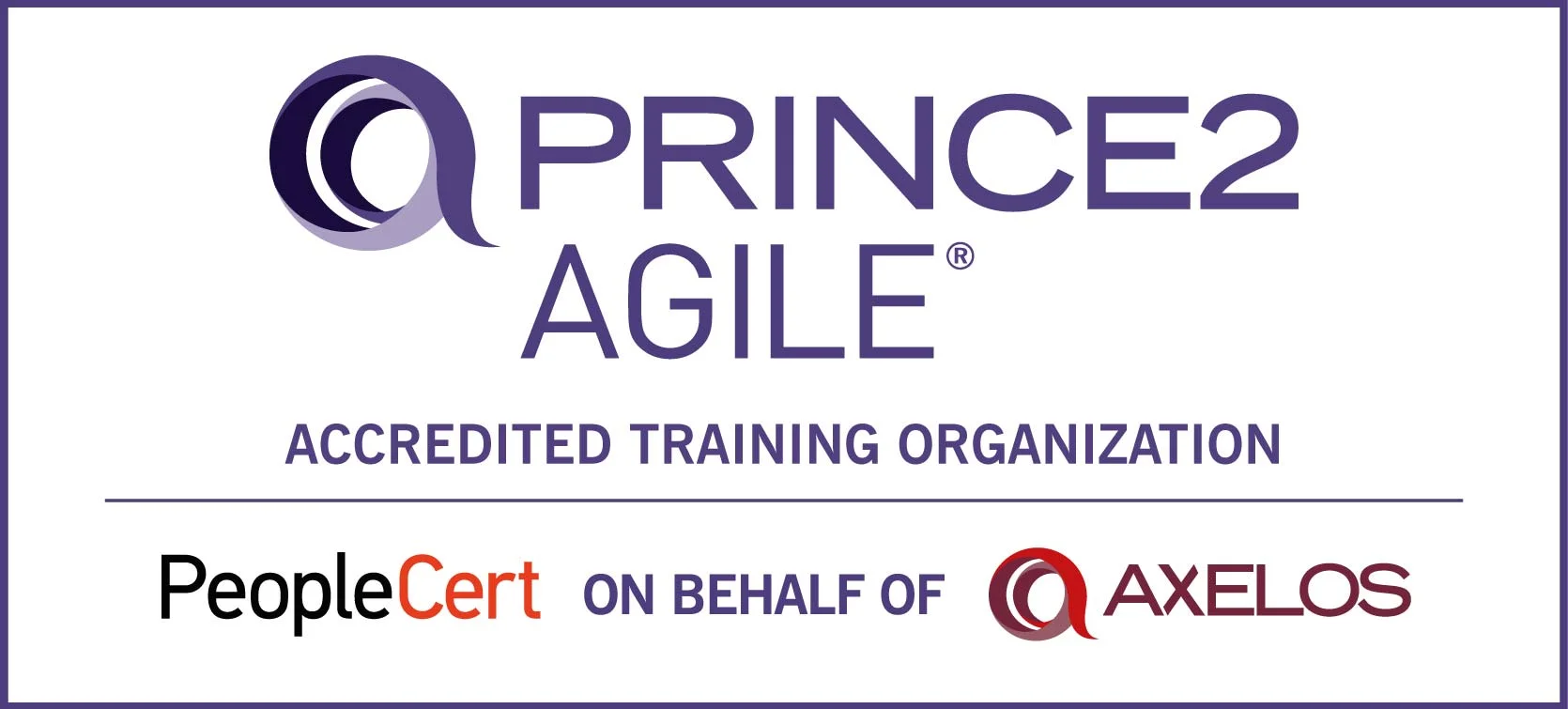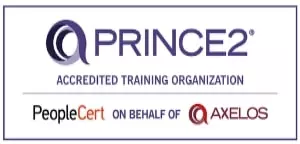AI governance is crucial for ensuring responsible AI development and deployment. The ISO 42001 checklist helps organizations align their AI systems with ethical standards, mitigate risks, reduce bias, and ensure transparency.
With AI becoming integral to business, the demand for ISO 42001 compliance is growing. Implementing these standards gives organizations a competitive edge by showcasing a commitment to ethical practices.
Let’s understand how to implement ISO 42001 controls, outline key requirements, and offer a roadmap for audit readiness. We’ll also show how NovelVista’s ISO 42001 Lead Auditor training prepares you to effectively manage and audit AI governance systems.
ISO 42001 Checklist : What You’ll Learn
- Step-by-step path to implement an AI Management System (AIMS) based on ISO 42001.
- Detailed explanation of clauses (4–10) and Annex A ISO 42001 controls sets.
- Benefits of ISO 42001 certification and its alignment with global AI governance trends.
What Is ISO 42001 and Why It Matters
Understanding ISO 42001
ISO 42001 is the first international standard for AI Management Systems (AIMS), published in late 2023. The framework outlines best practices for managing AI’s lifecycle governance, covering everything from leadership and compliance to ethics, risk management, and performance evaluation.
This standard helps organizations ensure that their AI systems are transparent, accountable, and aligned with regulatory frameworks such as the EU AI Act, US state laws, and Singapore’s AI governance.
Real-World Impact
Implementing ISO 42001 brings several key benefits:
- Ensures compliance with upcoming global regulations.
- Enhances stakeholder trust by demonstrating a commitment to responsible AI.
- Minimizes risks and operational challenges by proactively addressing ethical and bias concerns.
Download: 90-Day Guide to Becoming an ISO 42001 Lead Auditor
Follow a clear roadmap to certification and step into a high-demand AI governance career.
Step-by-Step ISO 42001 Implementation Guide
Step 1 – Understand the ISO 42001 Requirements (Clauses 4–10)
ISO 42001’s clauses (4–10) provide the framework for creating an effective AI governance structure. Here’s what each clause covers:
- Clause 4: Context of the Organization – Identify internal and external factors affecting AI governance.
- Clause 5: Leadership Commitment – Ensure senior leadership’s active role in implementing AI management policies.
- Clause 6: Planning – Define goals, objectives, and resources for the AIMS.
- Clause 7: Support – Allocate resources and ensure appropriate training for the AIMS team.
- Clause 8: Operation – Establish processes for AI operation and governance.
- Clause 9: Performance Evaluation – Measure the effectiveness of AIMS using Key Performance Indicators (KPIs).
- Clause 10: Improvement – Develop strategies for continuous improvement based on performance evaluation.
Step 2 – Conduct Gap Analysis & Risk Assessment
To align your current AI systems with ISO 42001, start by conducting a gap analysis. Identify gaps in your AI governance processes, particularly around ethics, transparency, fairness, and safety.
Perform a risk assessment to highlight areas where AI systems may expose your organization to legal or reputational risks, such as bias or non-compliance.
Step 3 – Develop Policies & Objectives
Based on the gap analysis, develop clear policies that define ethical AI standards, roles, and responsibilities within your AI governance framework. Set measurable objectives that align with corporate goals and are easy to track during audits.
Step 4 – Assign Roles & Resources
Form a cross-functional AIMS team that includes representatives from AI, IT, legal, compliance, and quality management. Ensure the team has the necessary resources and training to implement ISO-aligned controls.
Step 5 – Implement Annex A Controls
Annex A of ISO 42001 Controls outlines 10 key controls to help manage AI-related risks. These include:
- A.2: Bias Mitigation – Implement measures to detect and reduce bias in AI algorithms.
- A.4: Audit Trails – Maintain records of AI decision-making processes for traceability and accountability.
- A.6: Data Governance – Ensure proper data handling and privacy protections.
- A.8: Incident Response – Establish a structured process for AI-related incidents, including mitigation and recovery.
Step 6 – Document, Monitor & Improve
Establish a continuous performance evaluation process to measure your AI system’s effectiveness and compliance with ISO 42001. Regularly monitor key metrics, conduct internal audits, and implement feedback loops for continuous improvement.
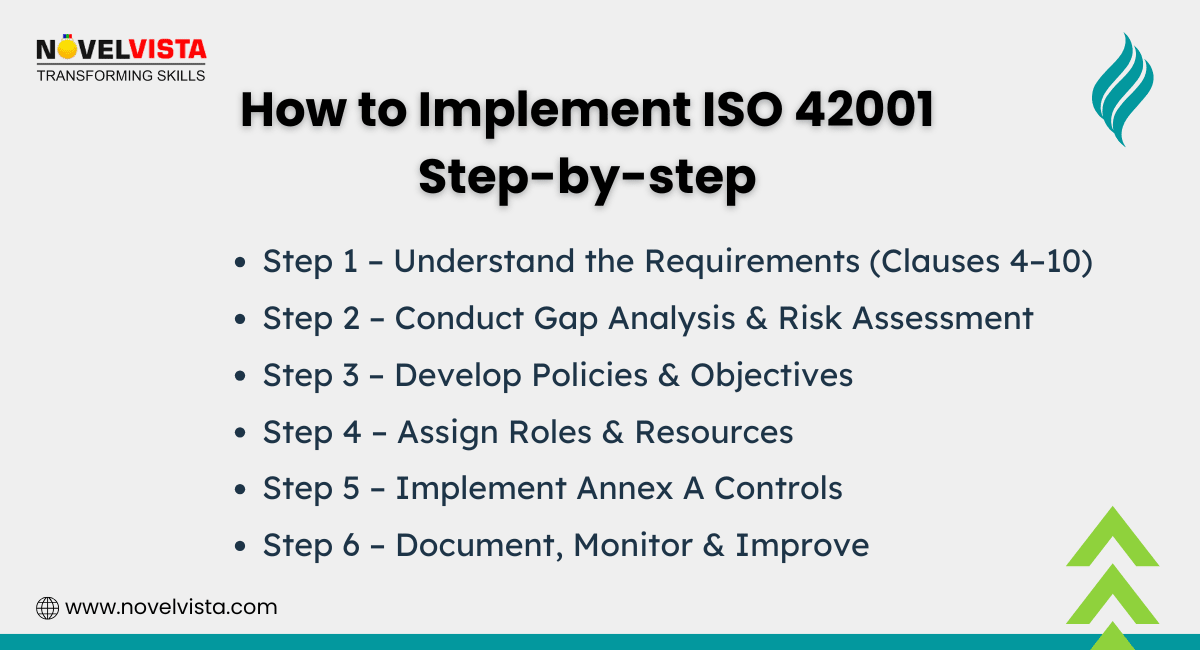
ISO 42001 Controls: Annex A
The Annex A controls focus on the core objectives necessary to build a reliable and ethically aligned AI governance system. These controls cover areas like:
- Ethical AI practices
- Transparency in AI decision-making
- Bias mitigation
- Security and privacy
- Data quality and system safety
Each control is designed to help you implement and audit AI systems effectively, ensuring they meet the highest standards of compliance and operational reliability.
Comparison Between ISO 42001 Certification and NIST AI Risk Management
Aspect |
ISO 42001 Certification |
NIST AI Risk Management |
Scope |
AI governance, ethics, and security |
Identifying and managing AI risks |
Approach |
Governance framework with risk controls |
Risk-based approach for AI systems |
Application |
Global, with formal certification |
Primarily U.S. focused |
Key Focus |
Ethical alignment and transparency |
AI safety, fairness, and accountability |
Certification |
Offers formal certification |
No certification process |
Action Plan: Your First 90 Days Toward ISO 42001 Compliance
You now have a clearer view of the steps to implement ISO 42001 within your organization. Here’s a breakdown of what you can accomplish in the first 90 days with this ISO 42001 checklist.
Days 1–30: Gap Analysis, Risk Assessment, Leadership Alignment
- Begin by conducting a gap analysis to map your current AI systems against ISO 42001 requirements.
- Perform a risk assessment to identify any ethical, safety, or compliance gaps in your AI systems.
- Align your leadership team on the importance of AI governance and ensure support for the initiative.
Days 31–60: Policy Drafting, Team Formation, Annex A Control Implementation
- Develop AI governance policies based on your gap analysis findings.
- Form a cross-functional AIMS team from AI, IT, legal, and compliance to implement the controls outlined in Annex A.
- Start implementing core controls, including bias mitigation and data governance practices.
Days 61–90: Internal Audit, Performance Monitoring, Continuous Improvement
- Conduct an internal audit of your AI governance framework to ensure it’s aligned with ISO 42001.
- Implement performance monitoring systems to track the effectiveness of your AI Management System.
- Establish continuous improvement processes to evaluate and adjust your system based on performance feedback and audit results.
Use NovelVista’s ISO 42001 Lead Auditor training to guide each of these phases effectively. The training resources, including ISO 42001 checklists and templates, will provide the framework for successful implementation.
Final Takeaway
ISO 42001 is more than just a certification, it’s a commitment to responsible AI. Implementing ISO 42001 helps organizations build trust, ensure accountability, and align AI practices with ethical standards and business goals.
By following the implementation roadmap in this blog, you can ensure that your AI systems are transparent, secure, and compliant with global regulations. With structured training from NovelVista, you’ll not only be able to implement ISO 42001 but also be audit-ready to achieve long-term success.
If you’re ready to lead your organization toward AI governance maturity and global trust in your systems, NovelVista’s ISO 42001 Lead Auditor Training is your best choice.
Next Steps:
- Download your free “ISO 42001 Checklist” PDF to help guide your AI governance journey.
- Enroll in NovelVista’s ISO 42001 Lead Auditor Certification to start mastering AI management systems and audits.
Frequently Asked Questions
AI Policy: Establishing clear policies for AI usage.
Risk Assessment : Identifying and evaluating AI-related risks.
Data Governance: Ensuring data quality and privacy.
Model Transparency: Maintaining clarity in AI decision-making processes.
Human Oversight: Implementing mechanisms for human intervention.
Performance Monitoring: Regularly assessing AI system performance.
These controls guide organizations in managing AI systems throughout their lifecycle.
ISO/IEC 42001: Specifically addresses the governance and management of AI systems, emphasizing ethical considerations, transparency, and accountability in AI operations.
ISO/IEC 27001: Centers on information security management, providing a framework for safeguarding information assets across various technologies.
Organizations integrating AI into their operations may find value in implementing both standards to ensure comprehensive governance and security.
Ethical AI: Promoting responsible and fair AI practices.
Transparency: Ensuring clarity in AI decision-making processes.
Accountability: Establishing clear responsibilities for AI system outcomes.
Compliance: Aligning with international regulations and standards.
Continuous Improvement: Regularly assessing and enhancing AI systems.
These principles aim to foster trust and reliability in AI technologies.
- Proof of relevant education (secondary or higher).
- Documentation of professional experience in AI management or auditing.
- Completion of an accredited Lead Auditor training course.
- A signed Code of Ethics from the certifying body.
Author Details

Akshad Modi
AI Architect
An AI Architect plays a crucial role in designing scalable AI solutions, integrating machine learning and advanced technologies to solve business challenges and drive innovation in digital transformation strategies.
Course Related To This blog
ISO 42001 Lead Auditor
Confused About Certification?
Get Free Consultation Call

